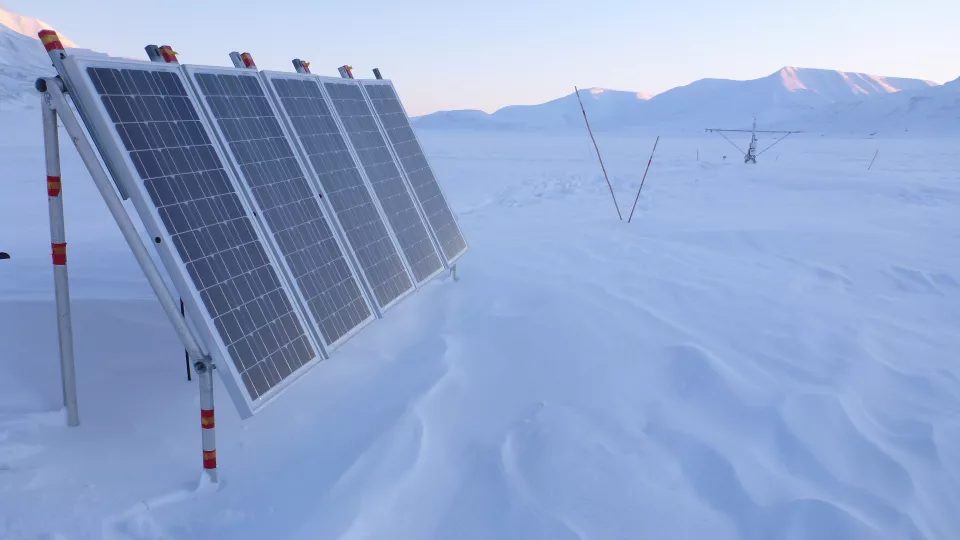Frans-Jan Parmentier, Torben Christensen, and former PhD Student Norbert Pirk, have contributed with data to a journal article published in Nature Climate Change.
The study shows winter carbon emissions from the Arctic may now be putting more carbon into the atmosphere than is taken up by plants each year. It warns that winter carbon dioxide (CO2) loss from the world’s permafrost regions could increase by 41% if human-caused greenhouse gas emissions continue on their current pace.
The researchers behind the study estimate a loss of 1,7 million metric tons of carbon from the permafrost region during the winter season. That loss is greater than the average growing season carbon uptake for this region estimated from process models (1.0 million metric tons of carbon taken up per year).
Extending model predictions to warmer conditions in 2100 indicates that winter CO2 emissions could increase 17% under a moderate mitigation scenario (RCP 4.5) but could rise 41% under a business-as-usual emissions scenario (RCP 8.5).
Read the full study here: “Large loss of CO2 in winter observed across the northern permafrost region”.


